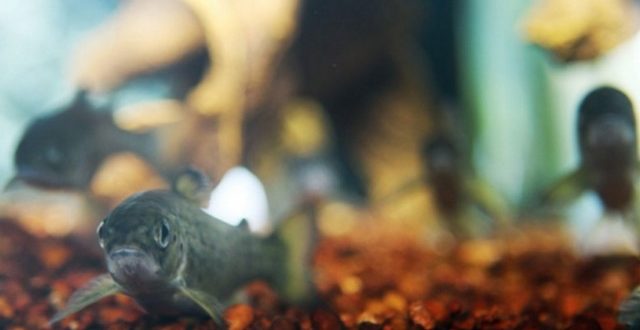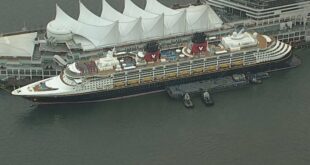Thousands of sockeye salmon fry will be released into Okanagan Lake thanks to the Okanagan Nation Alliance.
Starting June 3, the ONA kł cp̓əlk̓ stim̓ Hatchery will be providing thousands of sockeye salmon fry for ceremonial fry releases taking place at 6 Mile Creek near Vernon, Trout Creek near Summerland and Mission Creek in Kelowna.
The releases are in recognition and celebration of the Syilx peoples’ continued efforts to bring sockeye salmon back to the Okanagan, and in particular to Okanagan Lake.
According to the ONA, the ceremonies are critical given that sockeye salmon were nearly extinct in the Okanagan basin. In the 1960s, the Columbia River Treaty and other developments led to the creation of industrial reservoirs and the building of hydro-electric developments on the Columbia River, making it impossible for fish passage, while deeply impacting Syilx cultural and food systems.
Years of hard work and political advocacy, particularly in the last decade, have seen the ONA working with provincial, federal and U.S. Tribes and agencies to rebuild this sockeye run from 3,000 up to 500,000 salmon returning annually.
“Our salmon are sacred, and are our constitutional rights. We have been working collaboratively for over a decade with the Department of Fisheries and Oceans Canada, and the province of B.C. to study the impacts of Okanagan Sockeye on the ecosystem. The results have proven what we have always known, that these salmon have always been here, and that there are no negative impacts. We are happy to have the support of DFO, yet remain frustrated and confused as to why the province of B.C. remains opposed to these efforts,” said Grand Chief Stewart Phillip.
The conservation efforts are especially critical as last year’s drought and heatwave devastated an expected robust Okanagan sockeye salmon run.
“We now have another cold water lake (after Osoyoos and Skaha Lake) to help us build resilience in sockeye salmon stocks, diversifying the gene stock within each of these lake systems. Based on its size and depth we could see Okanagan Lake with a minimum of 30,000 -100,000 adult spawners per year. On top of that optimistically anywhere from 300,000- 500,000 for fisheries harvest would be coming to Okanagan Basin. It has the significant potential to meet food, social, ceremonial needs, providing food security for communities, while seeing a surplus extend to range of biological and economic benefits,” said Howie Wright, ONA’s fisheries manager.
You can read more of the news on source
 Travelsmart
Travelsmart



